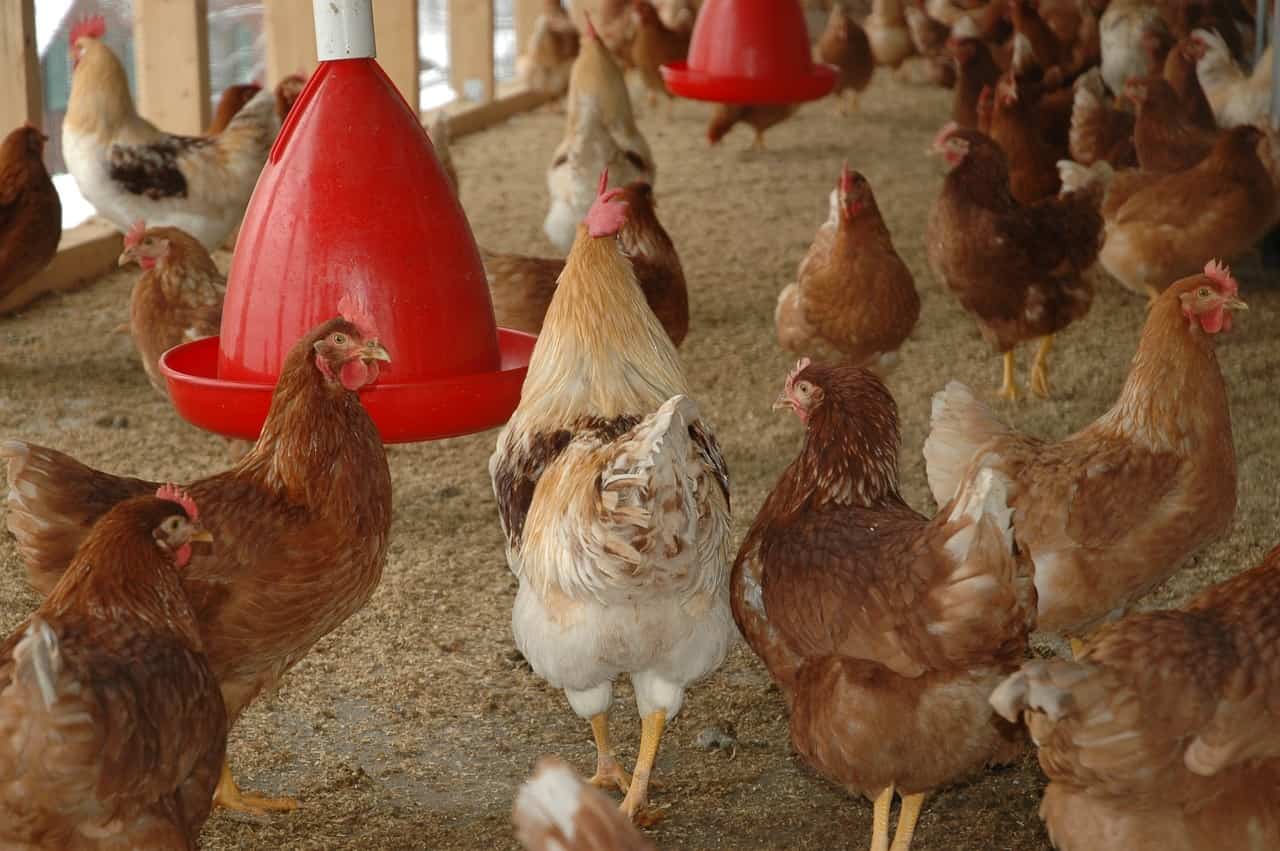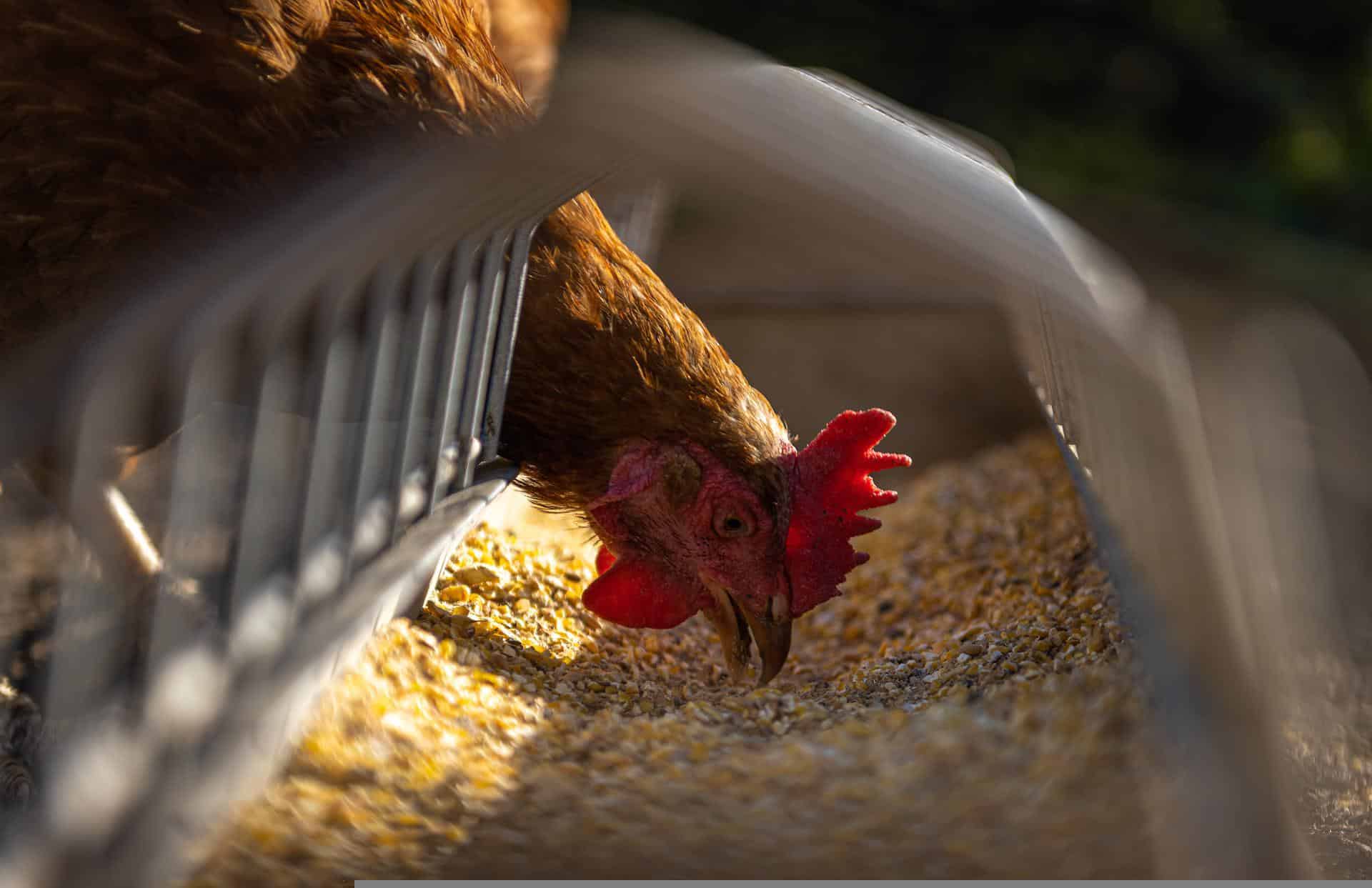
Large-scale farms often use antibiotics to prevent diseases, but over time, germs can become resistant. Additionally, poor air quality in barns poses health risks for animals and humans. Researchers at Fraunhofer, in collaboration with PURION GmbH and GMBU, are developing an innovative device. This portable solution, combining UV disinfection, photocatalysis, and particle filtration, acts as an antibiotic alternative and air purifier. Installed on the ceiling, it aims to improve barn hygiene, animal welfare, and reduce infectious diseases without relying solely on antibiotics, says Fraunhofer in a press release.
Why you need to know this
Animals on large farms face the threat of diseases, prompting frequent antibiotic use. However, the challenge lies in the development of antibiotic resistance. Decreasing antibiotic usage is crucial to minimize the risk of fostering additional resistance in animals on these farms. UV disinfection might help.
The compact device can be quickly and flexibly integrated into existing poultry farming facilities. It is suited to closed barns and can therefore also be used in piggeries. In addition, it could also prove useful against viral diseases, such as in the fight against bird flu, which runs rampant in the winter months.
How it works
The device uses UVC LEDs to continually disinfect the air in the barn. “Certain wavelengths of UV radiation have a powerful microbiocidal effect, deactivating pathogens by damaging their DNA,” explains Thomas Westerhoff, scientist at Fraunhofer. Compared to conventional mercury vapor lamps, LEDs are resistant to vibrations, emit wavelengths with a greater microbiological efficiency that deactivate viruses, bacteria and fungi, and do not have a warm-up period. Additionally, they contain no mercury at all and so are also safe for the environment.
At present, UVA LEDs are commonly used to reduce chemical air pollution resulting from ammonia and VOCs on an ongoing basis. “UVA rays hit the photocatalytically active surfaces within the device. Photocatalysis occurs as a result of this process, which uses the moisture in the air to create highly reactive hydroxyl radicals to ensure that organic substances are oxidized and combusted. A number of organic compounds can more or less be broken down effectively,” says the scientist. The project will investigate how the wavelengths of the radiation source affect the efficiency of photocatalysis when combined with different photocatalysts. The findings will then be used to determine whether further improvements in performance are possible.

Innovation for the poultry farming sector
As part of this project, the researchers are also investigating and assessing various methods for adjusting the scale of photocatalytically active surface layers, as well as which of the many photocatalysts available is most efficient and suited to breaking down chemical compounds in barn air. A new filter system, aimed at reducing the accumulation of dust particles on the photocatalytic coating, will play a key role. “The goal of our project is to develop a fully-fledged, mobile piece of apparatus – a true innovation for poultry farming. Reducing the use of antibiotics decreases the likelihood that further resistance will develop. It also lowers the amount of antibiotics that poultry products are exposed to. This also applies to the pollution of wastewater from poultry farming,” explains the researcher.

